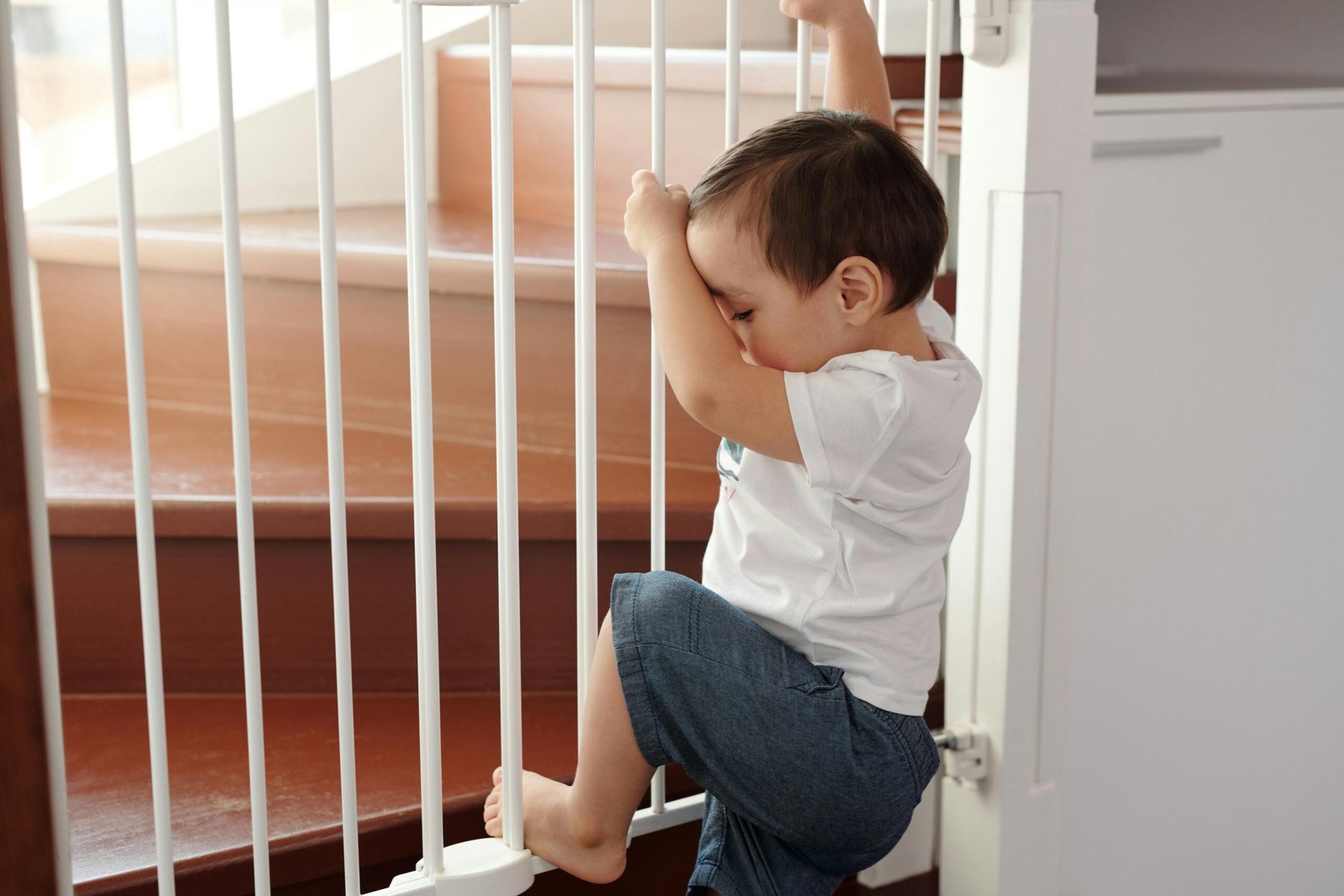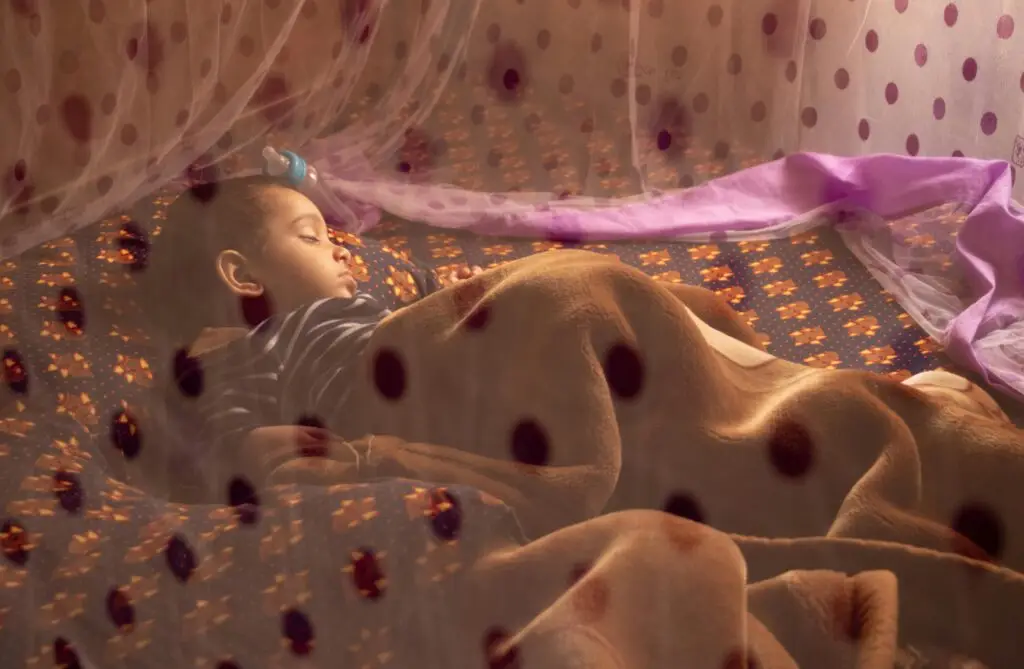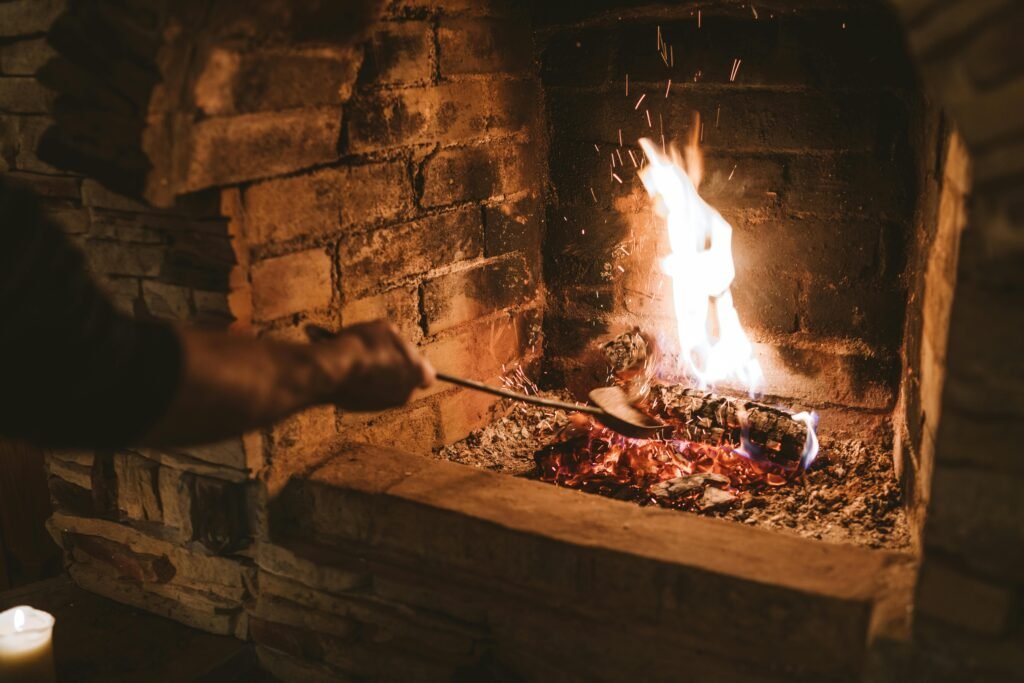Parenthood is a beautiful adventure, but it’s no secret that keeping your little ones safe can be overwhelming—especially when those curious crawlers and wobbly walkers start exploring! Did you know that falls are among the most common accidents for young children at home? For toddlers and infants, their adventurous spirit often leads them straight into trouble, making safety-proofing your home a top priority.
This guide will walk you through practical, expert-recommended steps to prevent falls and create a safe space for your baby or toddler. Whether you’re a new parent or just looking to refresh your home’s safety measures, we’ve got you covered!
Understanding Toddler Development and Exploration
Crawlers and Walkers Are Little Explorers
Babies and toddlers are naturally curious. It’s part of their developmental process! Crawling usually begins around 6 to 10 months, and those first wobbly steps emerge between 9 and 18 months. These milestones are exciting, but they also open up a world of potential hazards.
- Crawlers love investigating low-level objects like electrical cords, outlets, and furniture.
- Walkers and toddlers, unsteady on their feet, experiment with stairs and love climbing.
Keeping up with their developmental stages is key to anticipating risks in your home.

Identifying Potential Hazards in Your Home
Your home is full of love—and likely a few hidden dangers for a curious little one! A room-by-room inspection can help identify risk areas before they become a hazard.
Common Hazards by Area
- Living Room
- Sharp edges on coffee tables or furniture.
- Wobbly shelves.
- Tall furniture that could tip over if climbed.
- Bedrooms
- Unsecured dressers or bookshelves.
- Loose rugs.
- Sockets within arm’s reach.
- Kitchen
- Accessible drawers with heavy or breakable items.
- Appliance cords.
- Pet bowls on the floor.
- Stairs
- Open staircases or ones without railings.
- Lack of secure gates at the top and bottom.
Remember, one minute could be all it takes for a baby or toddler to find a hazard. Being proactive is essential!
Solutions for Fall Prevention
It’s easier than you think to make your home baby-safe! Here are effective solutions to tackle some of the most common hazards in your home.
Baby-Proofing Essentials
- Baby Gates for Stairs
Invest in sturdy, pressure-mounted or wall-mounted gates to secure all staircases.
- Furniture Straps
Secure tall bookshelves, TVs, and dressers to walls using anti-tip straps to prevent accidents.
- Outlet Covers
Closing off electrical sockets helps keep tiny fingers safe. Look for sliding covers that are difficult for kids to remove!
- Corner Guards
Cushion sharp furniture edges with corner covers to avoid nasty bumps.
- Non-Slip Rugs
Prevent tripping hazards by securing rugs with grips or tape.

Encourage Floor-Level Play
Create a designated play area—like a foam-mat zone—where your child is free to explore without serious risks. This not only keeps them safe but also promotes motor development.
Expert Tips for Childproofing Your Entire Home
Step 1: Plan Regular Safety Checks
Children grow and change rapidly, meaning new hazards will pop up frequently. Conduct monthly check-ins to address new concerns like climbing tendencies or bolting speed.
Step 2: Focus on Accessibility
Get down on all fours (literally!). See the room from your baby’s eye level to spot hidden dangers quickly. Loose items or sharp corners might surprise you!
Step 3: Secure Carpets and Rugs
Use non-slip rug pads under all floor coverings to prevent slipping as toddlers zoom around.
Step 4: Create a Safe Bathroom
Never leave bathroom doors open unattended, and always lock the toilet lid with specific childproof locks.
Step 5: Lock Windows and Doors
Install locks on windows and deadbolts on exit doors within the home’s interior to prevent wandering toddlers from leaving unexpectedly.
Step 6: Choose Safe Storage
Store medications, cleaning products, and small objects high up and out of reach. Better safe than sorry!
Emergency Preparedness for Falls or Accidents
Accidents can happen even in the safest of homes. The key is to be prepared to handle them confidently.
Always Have a First Aid Kit
Your emergency kit should include essentials like band-aids, antiseptics, and cold packs. Keep it fully stocked and within easy reach.
Know What to Do
- If baby falls down stairs
Stay calm. Assess the situation. Call your pediatrician if they show any bruising, unusual crying, vomiting, or visible injuries.
- If a toddler hits their head
Monitor for signs of dizziness, nausea, or fatigue. Contact a healthcare professional immediately if anything seems off.
Learn Basic First Aid
Consider taking a pediatric CPR and first aid class to feel more confident in emergencies. The American Red Cross has affordable options!
Creating a Safe and Happy Home
Your baby’s safety doesn’t have to feel overwhelming—it’s all about building a secure and loving foundation. By childproofing your home, staying vigilant, and being prepared for the unexpected, you’re already creating an environment where your little ones can explore, learn, and thrive.
As parents and caregivers, sharing tips and insights with each other helps strengthen our communities. Know a fellow parent worrying about “baby falls” or “toddler stairs”? Share this guide with them—they’ll thank you (and so will their little adventurer)!
Together, let’s create homes where curiosity is celebrated and safety is a given.



